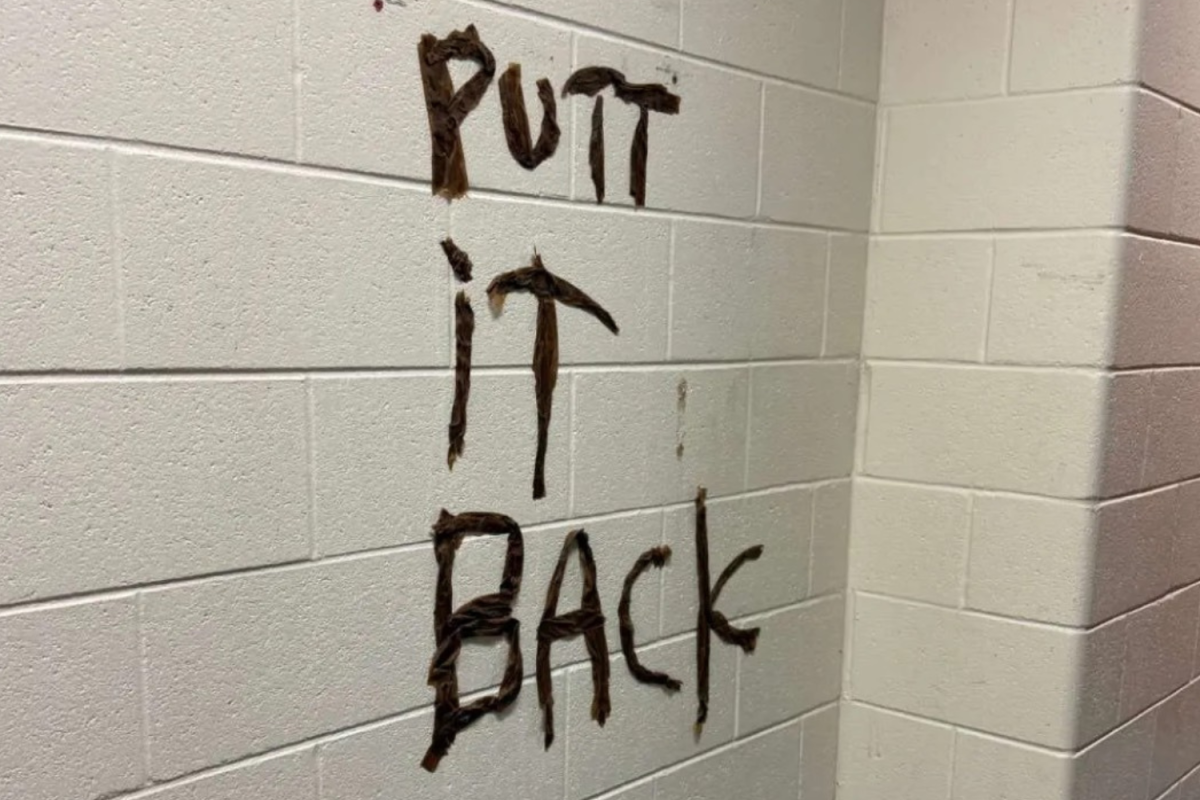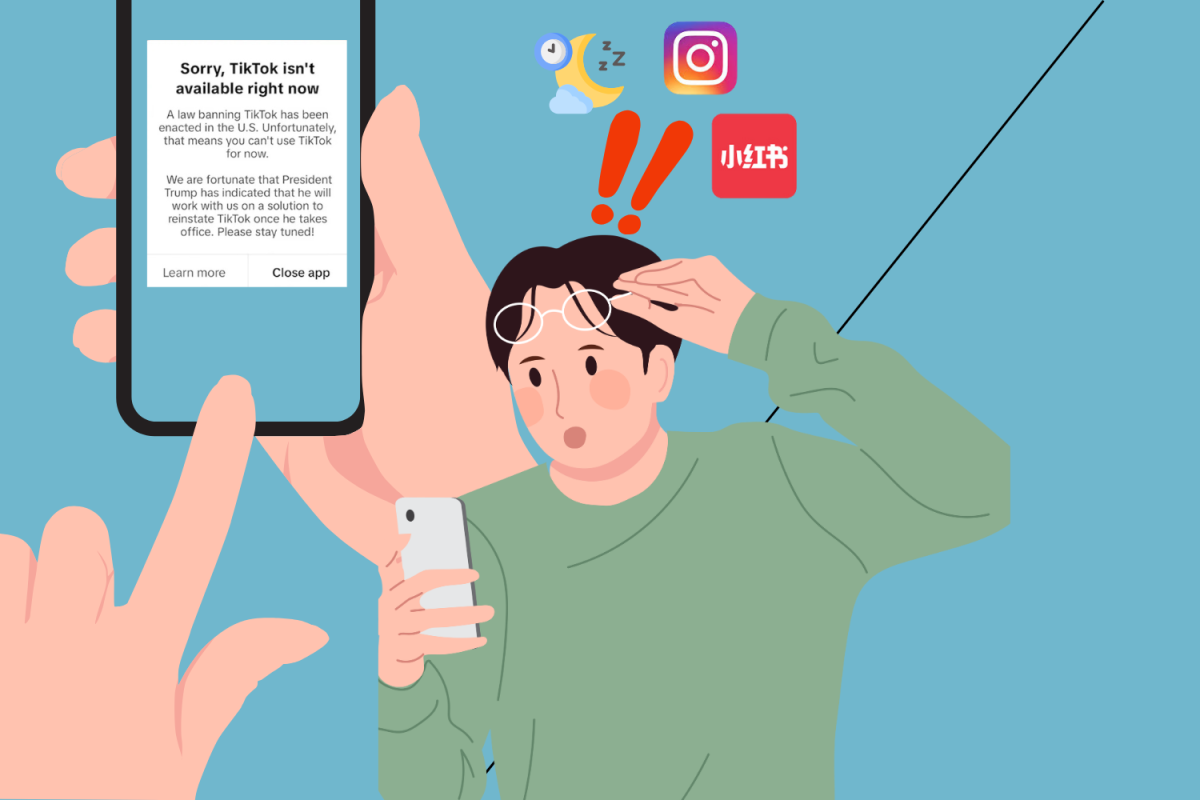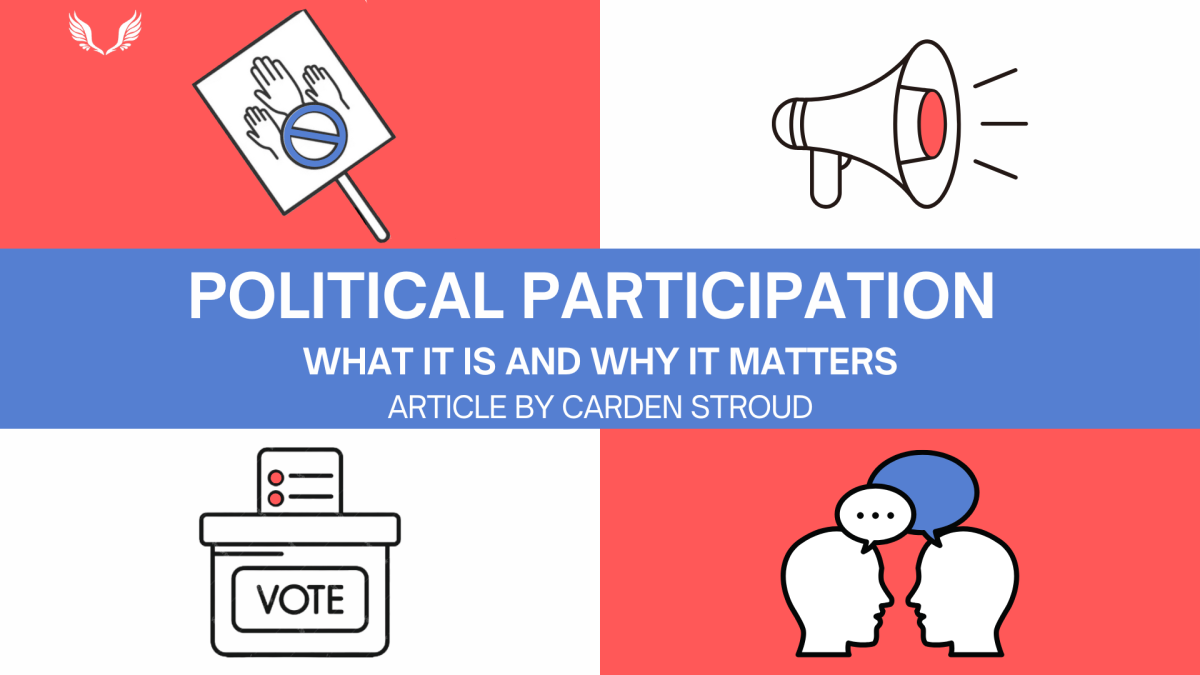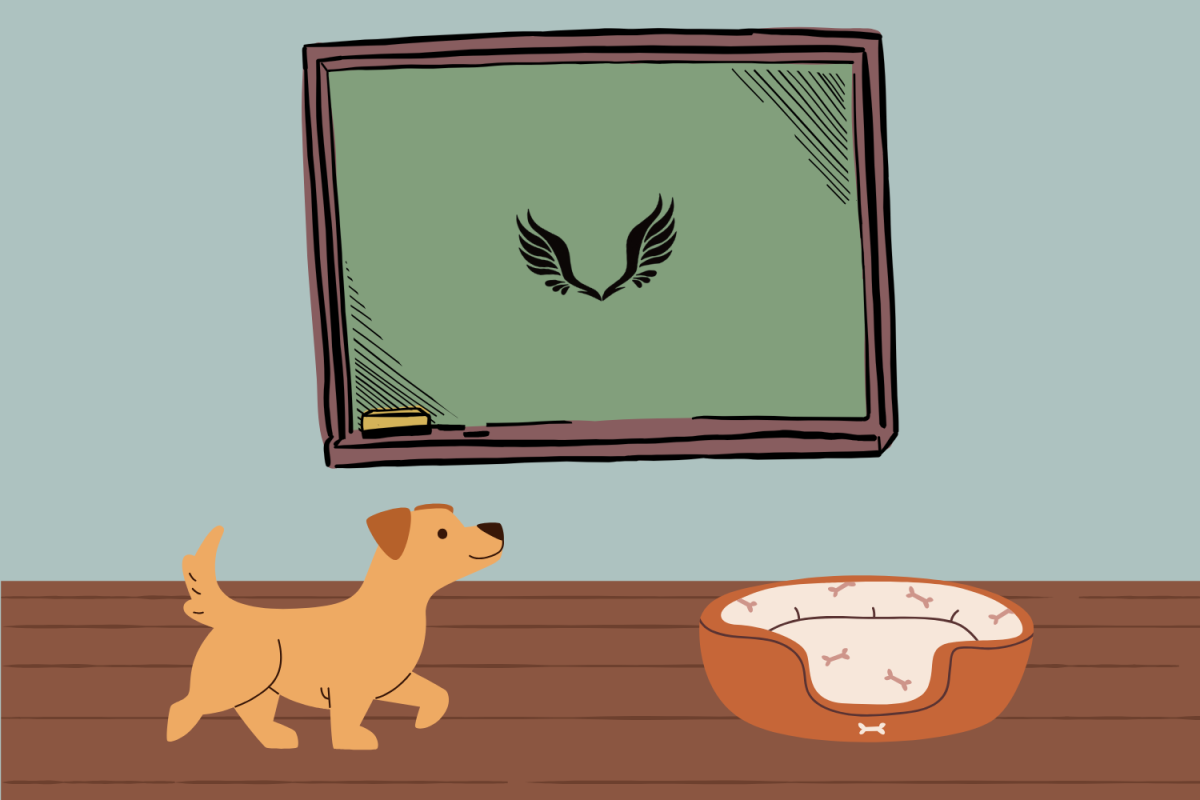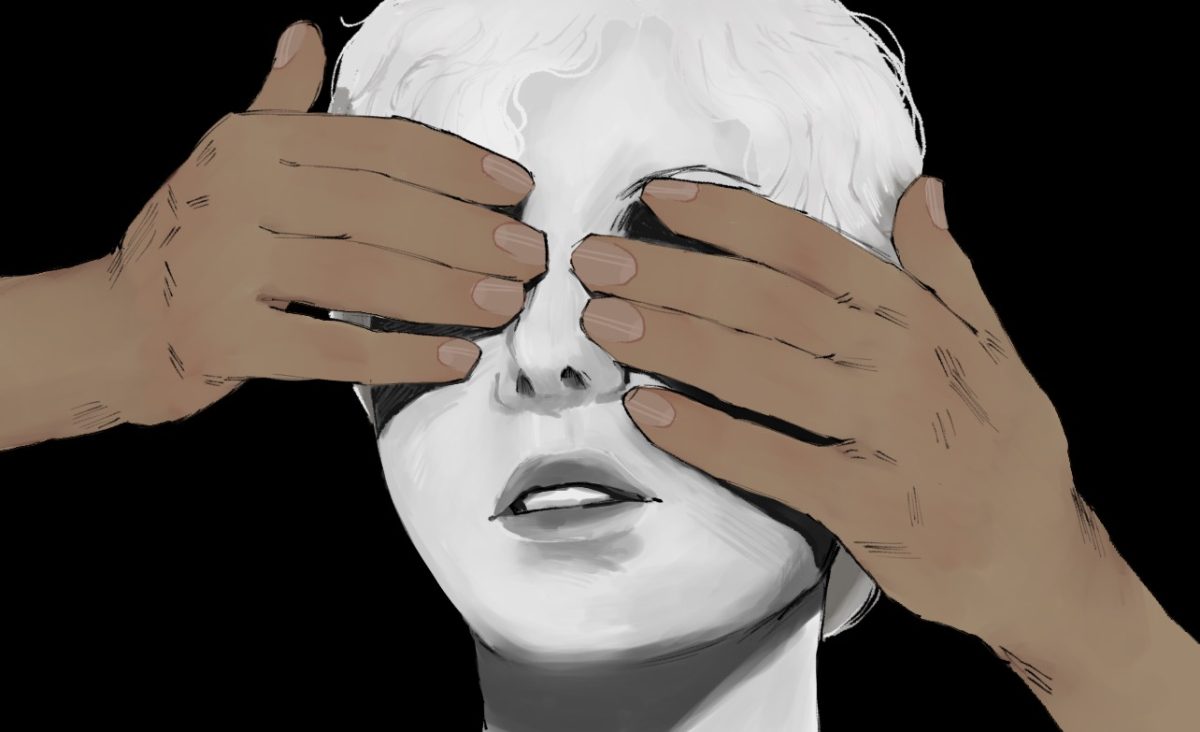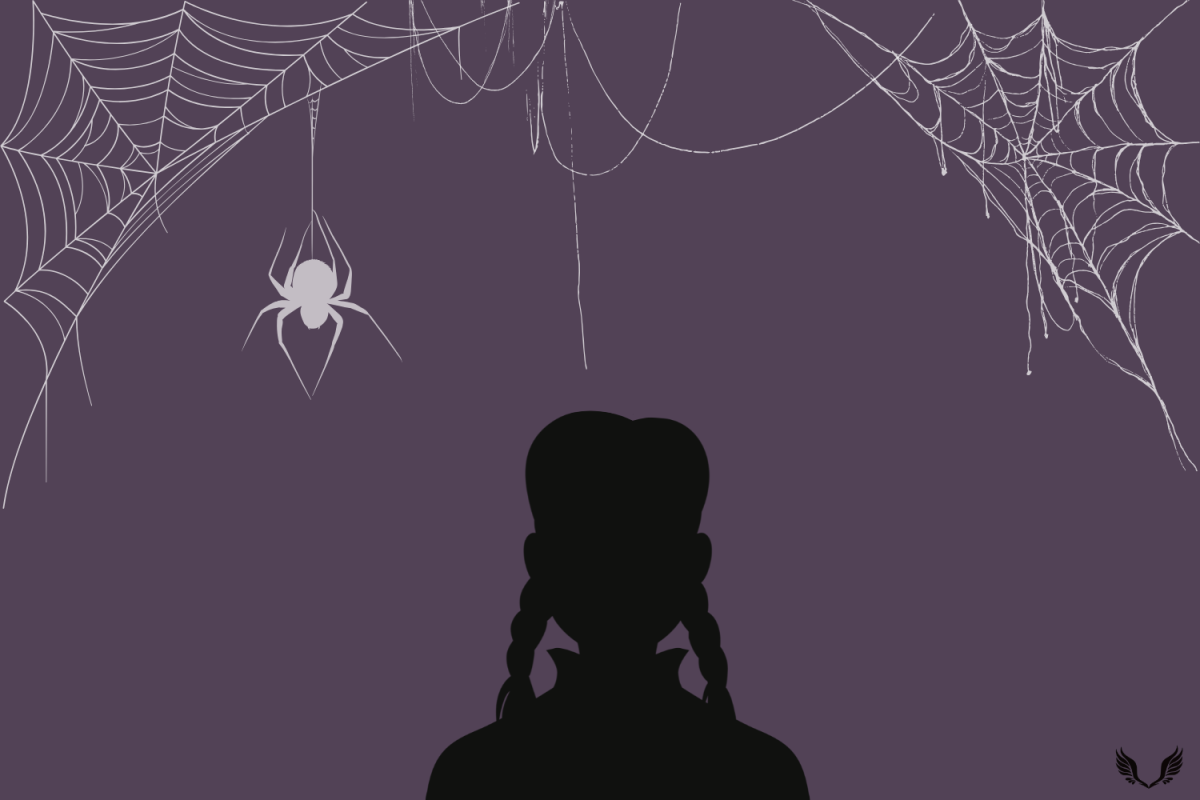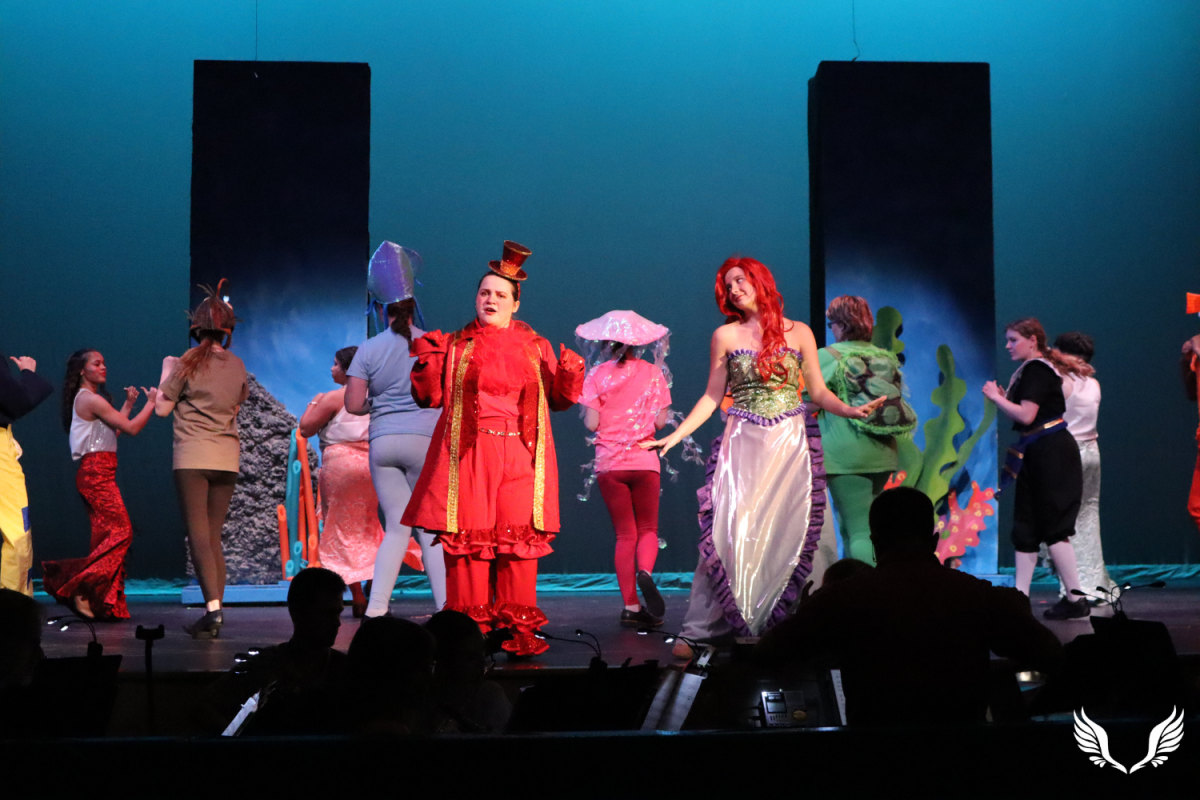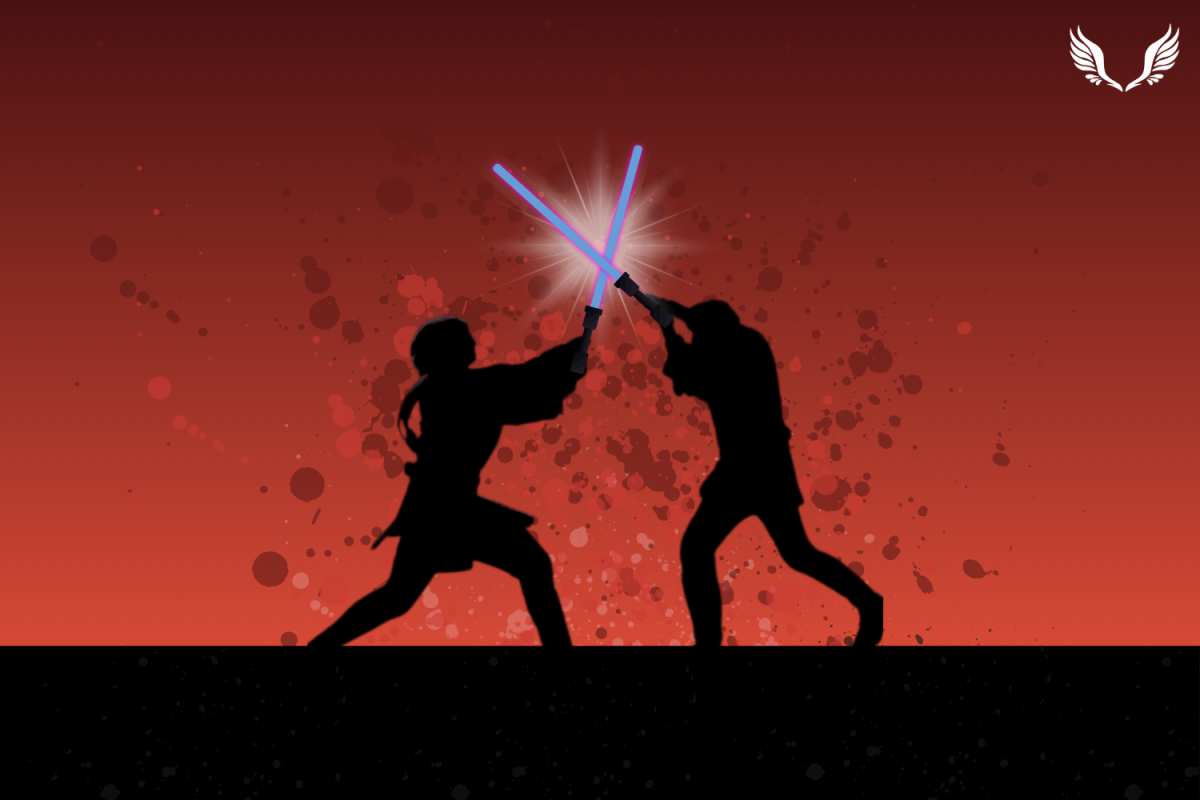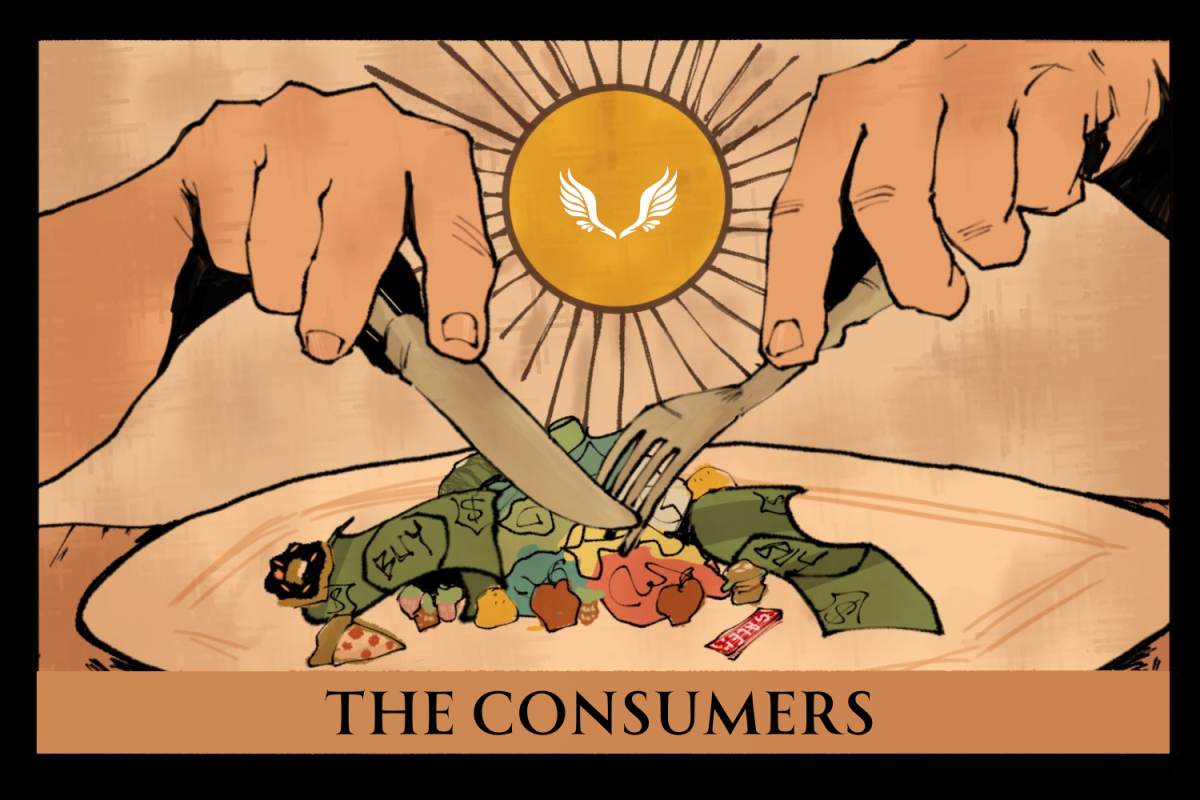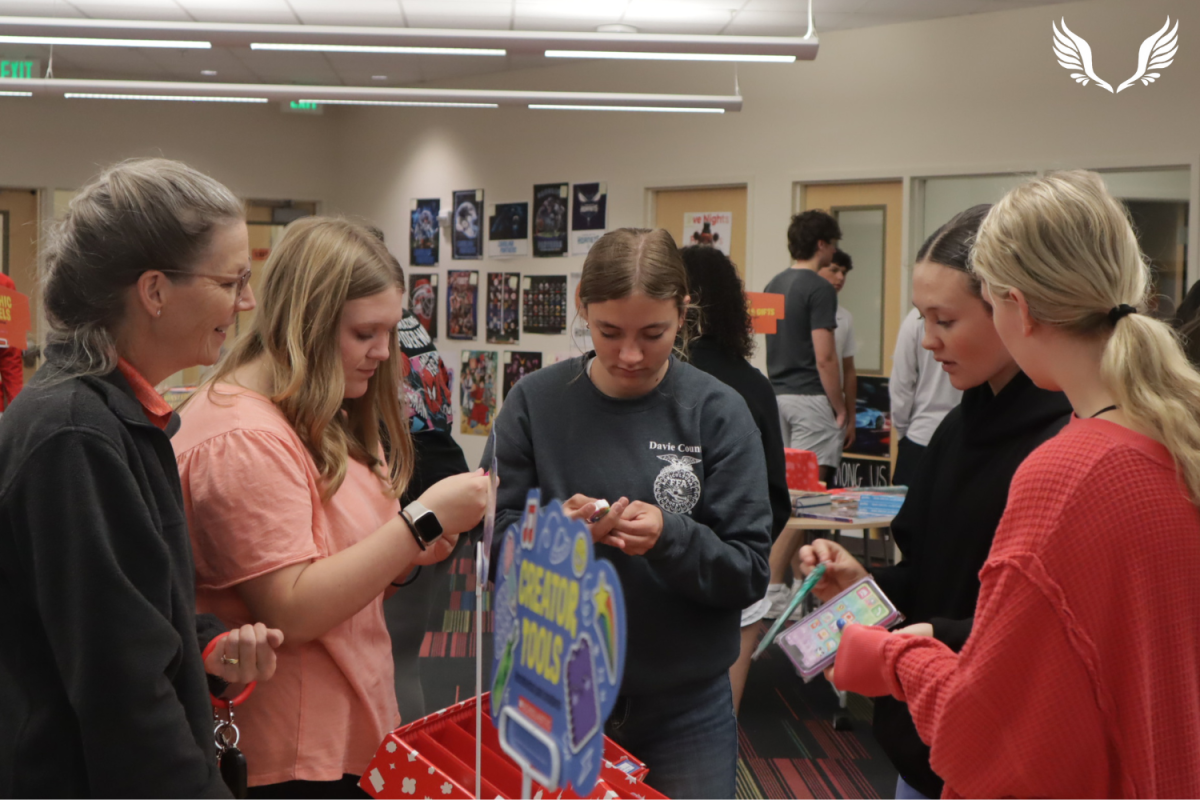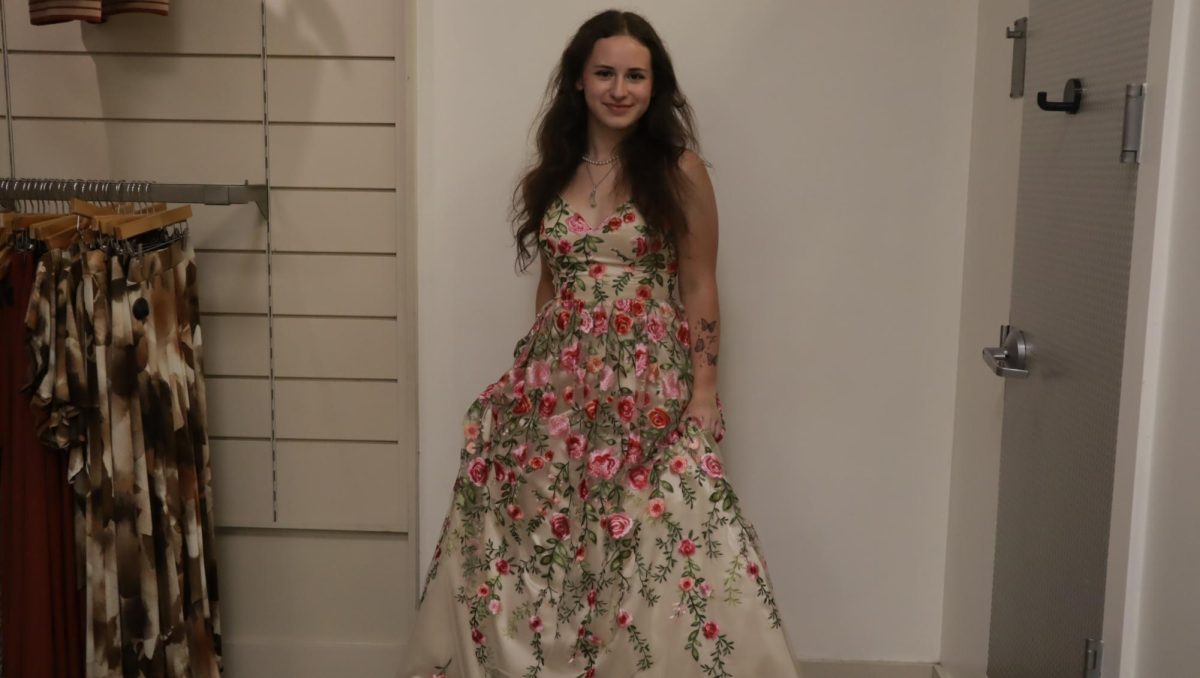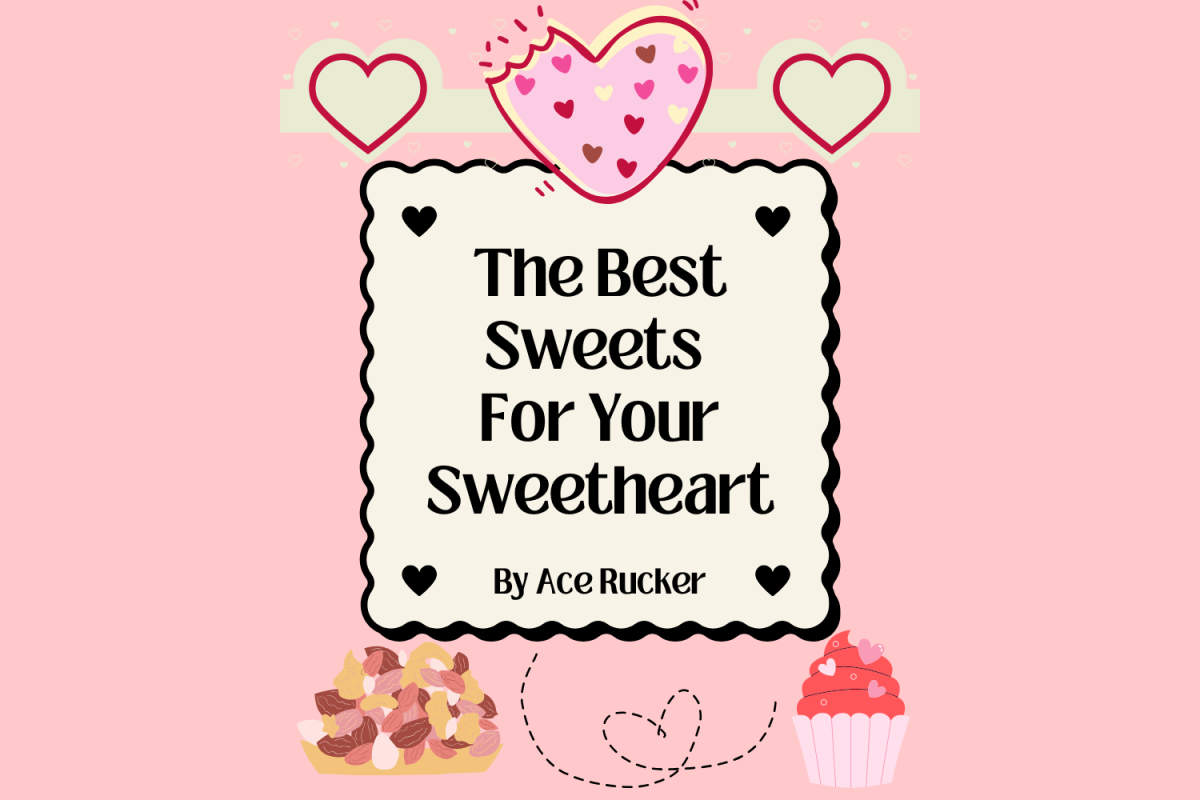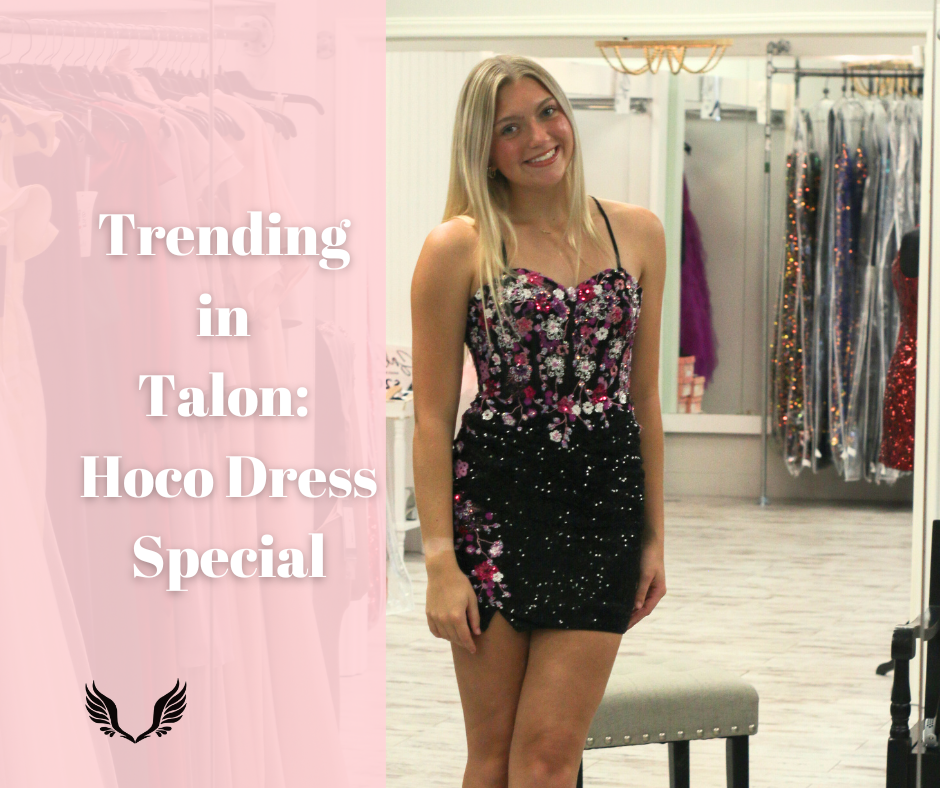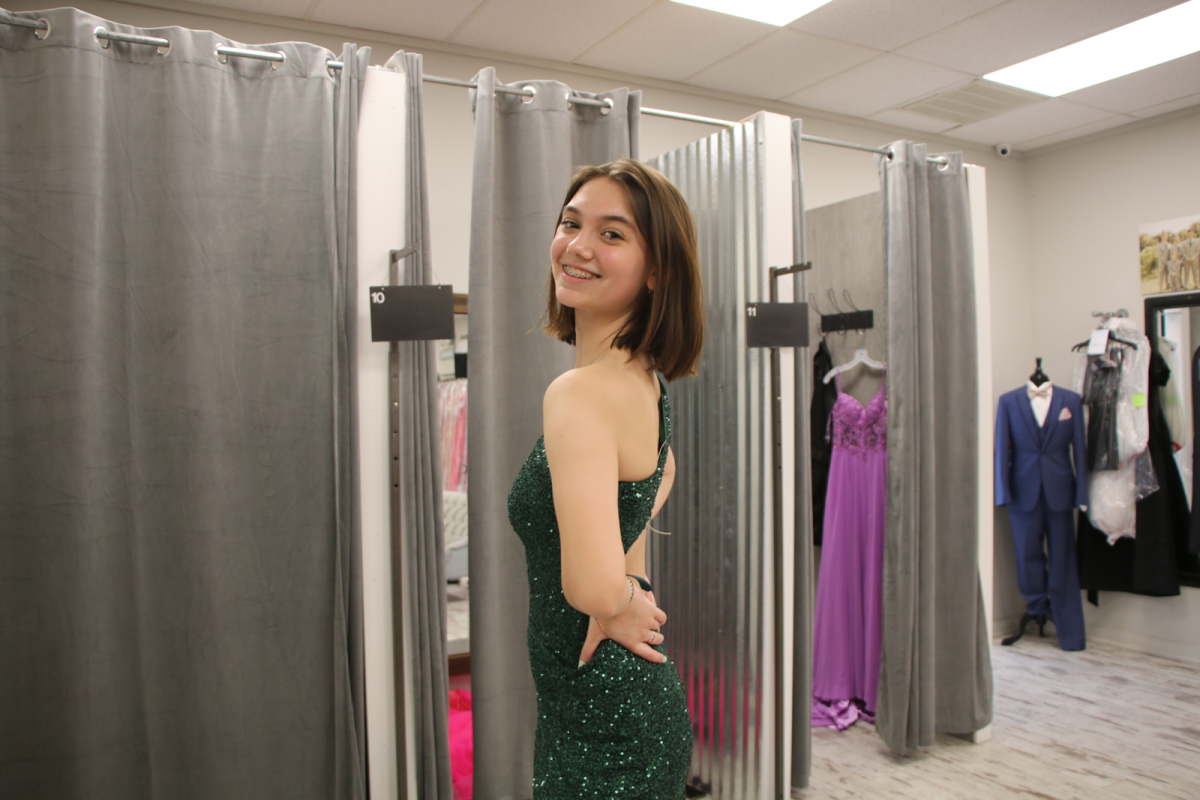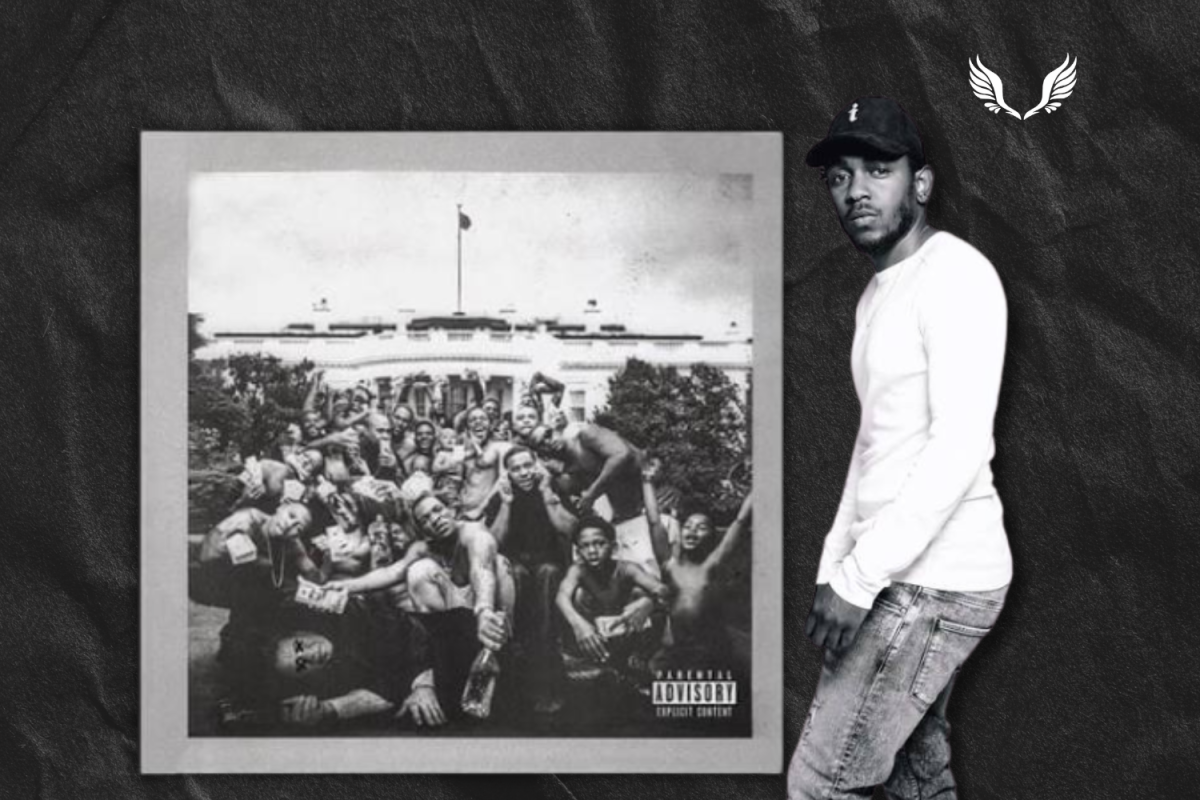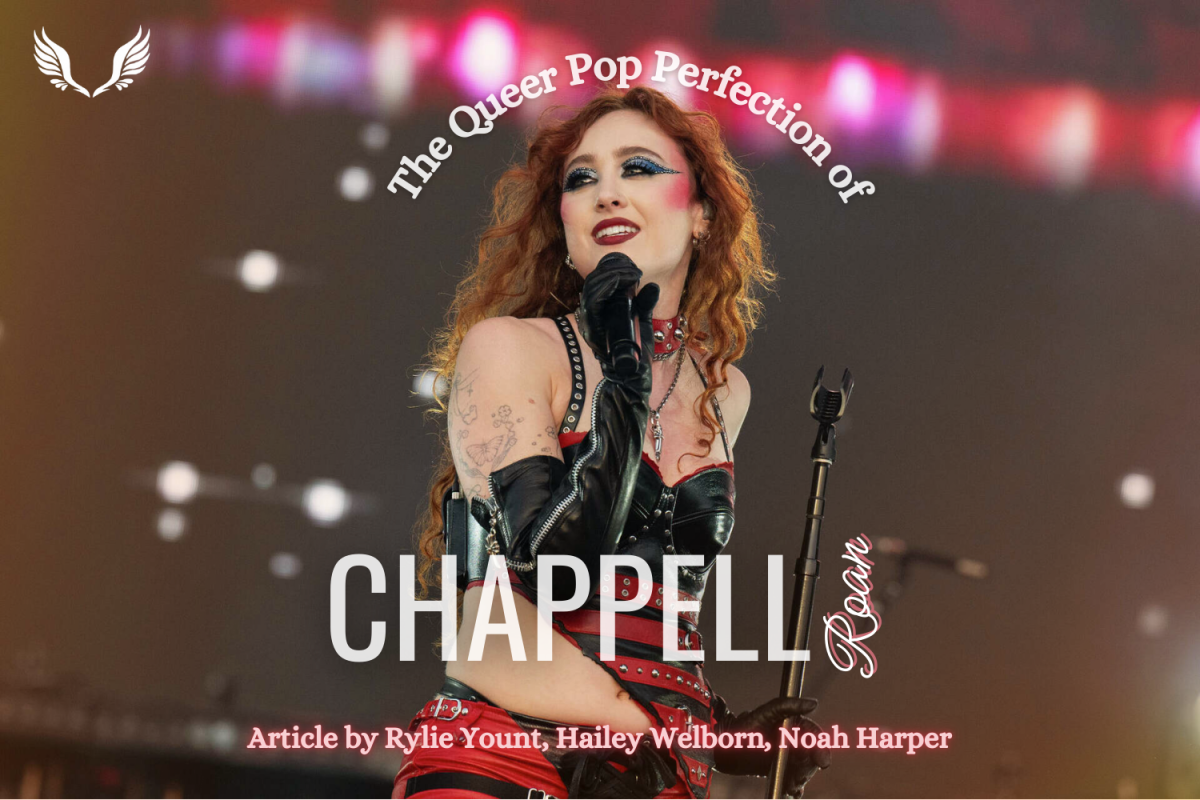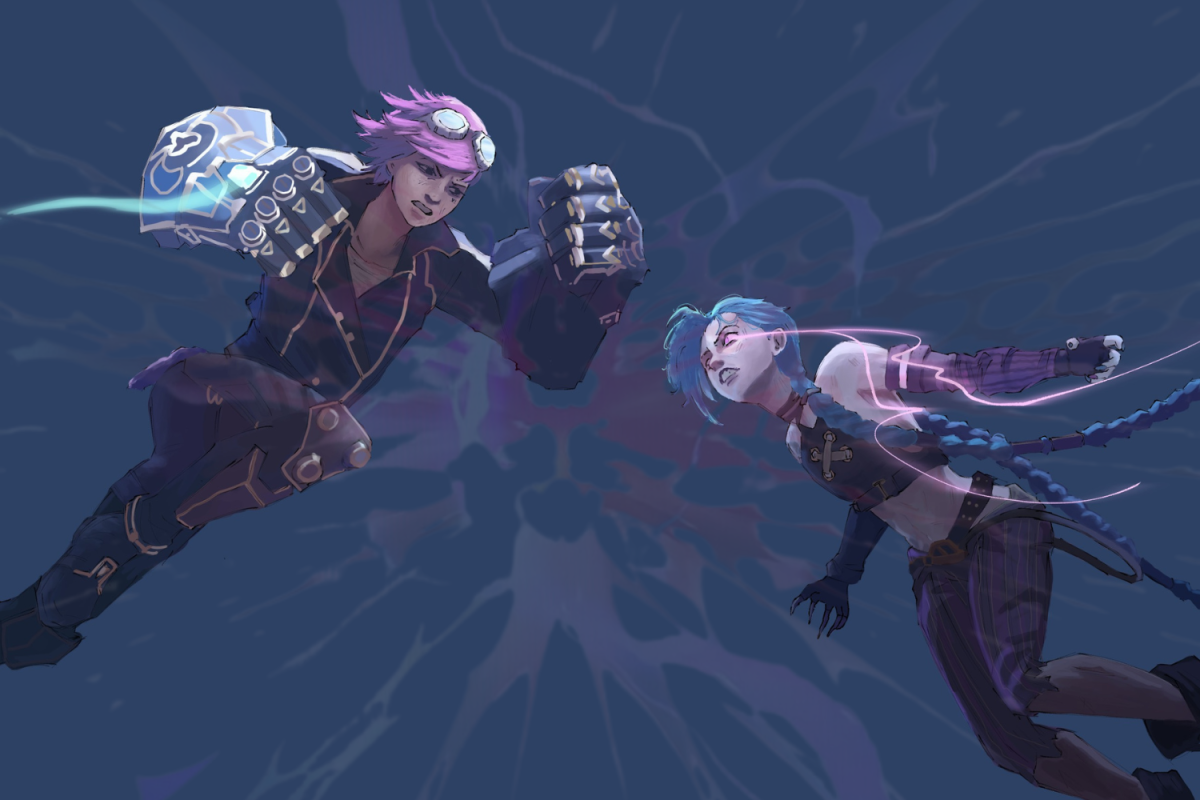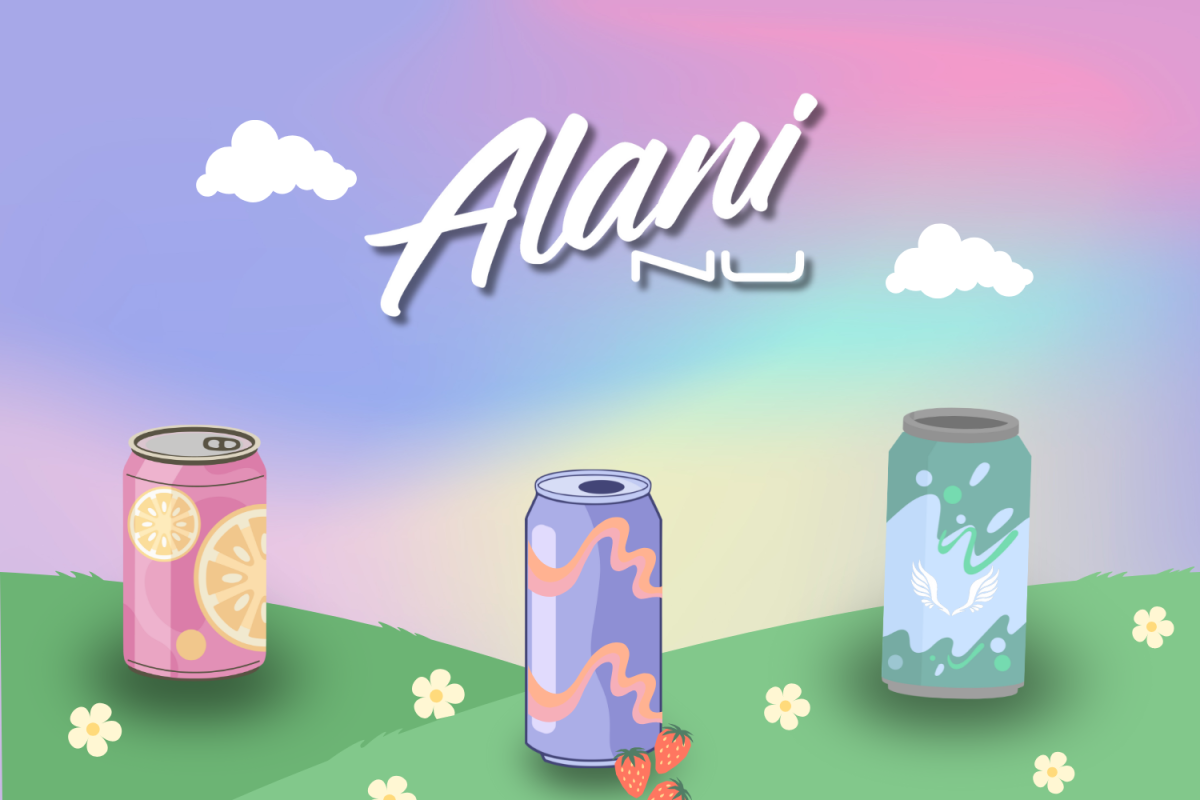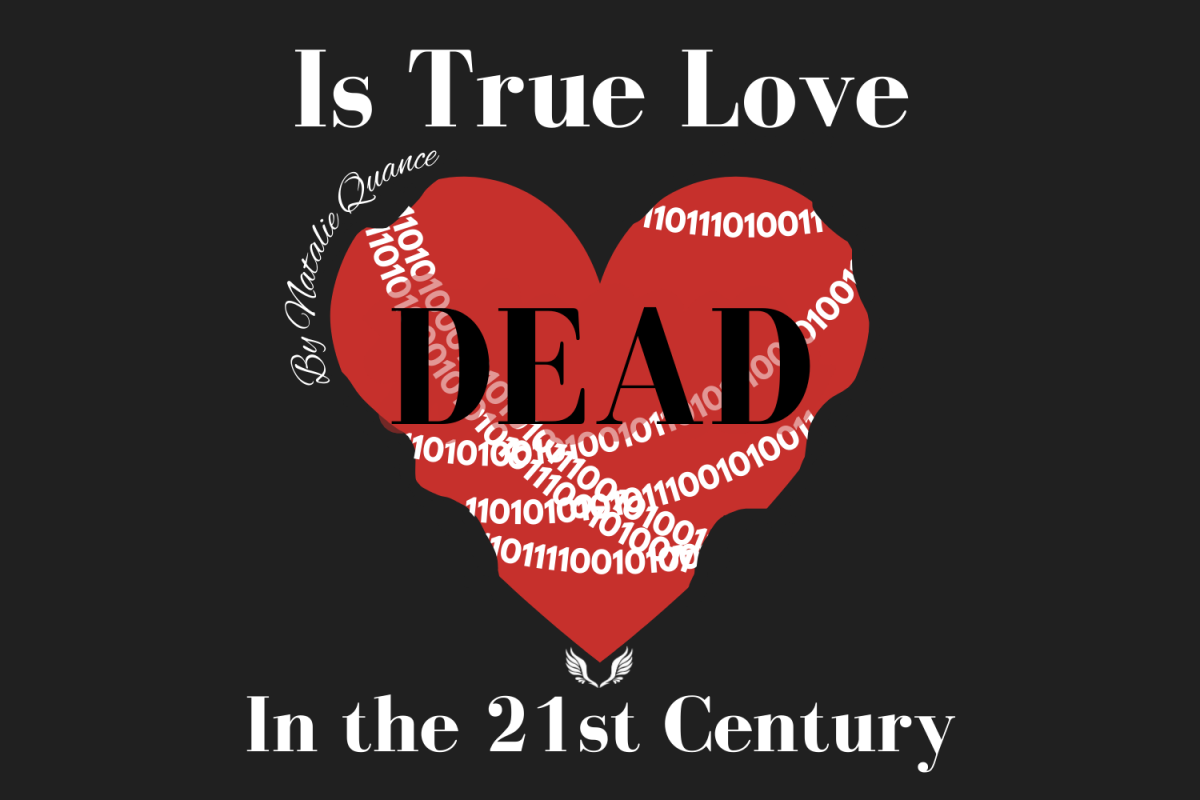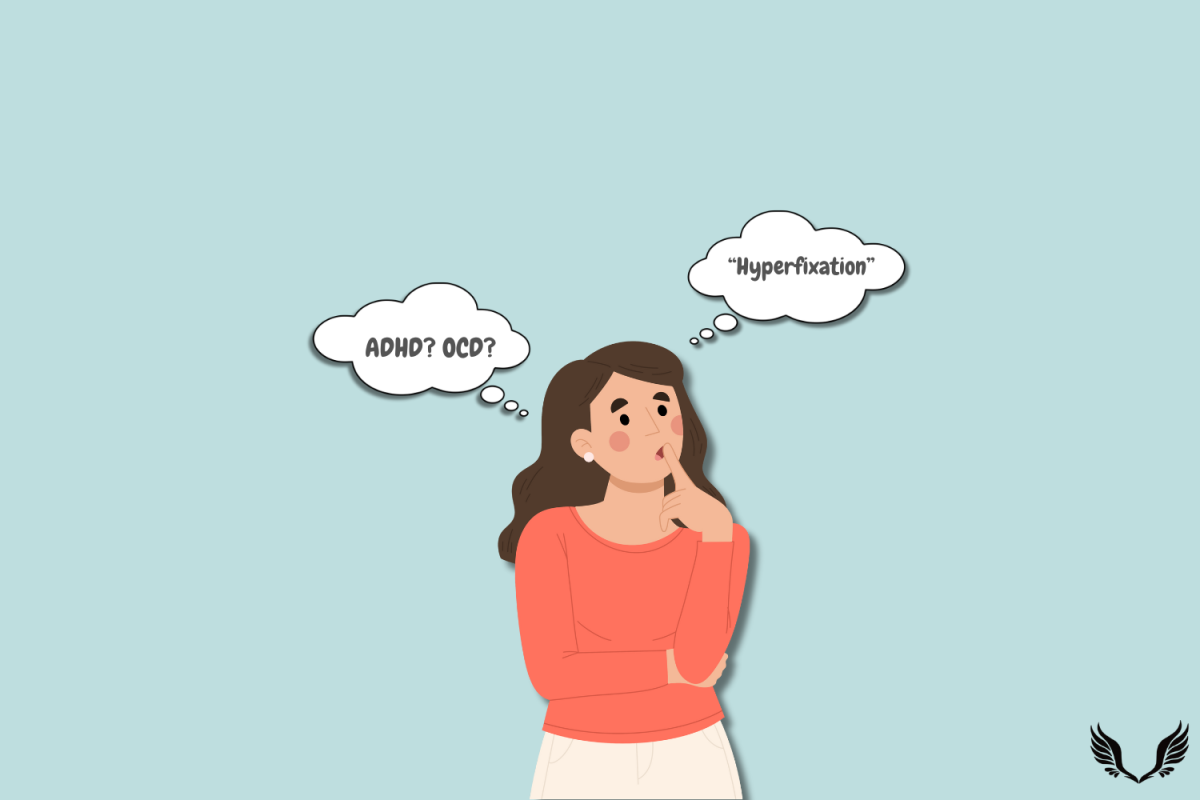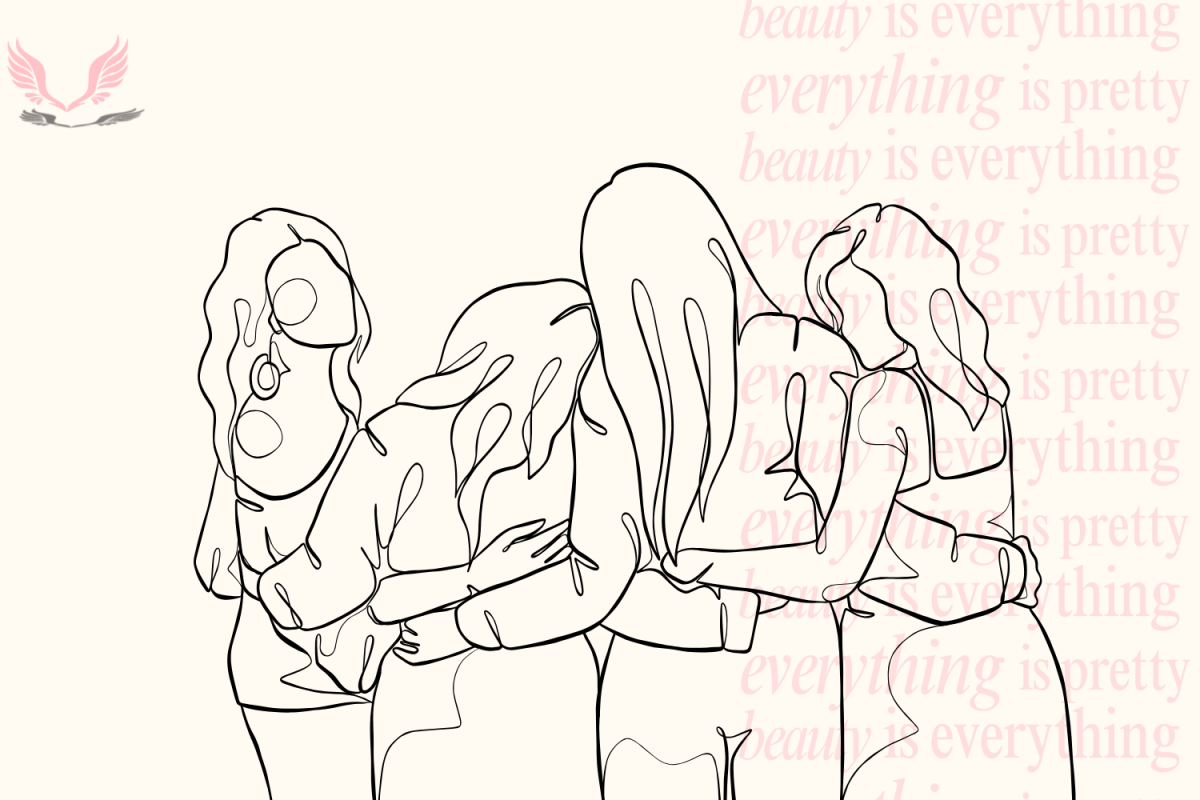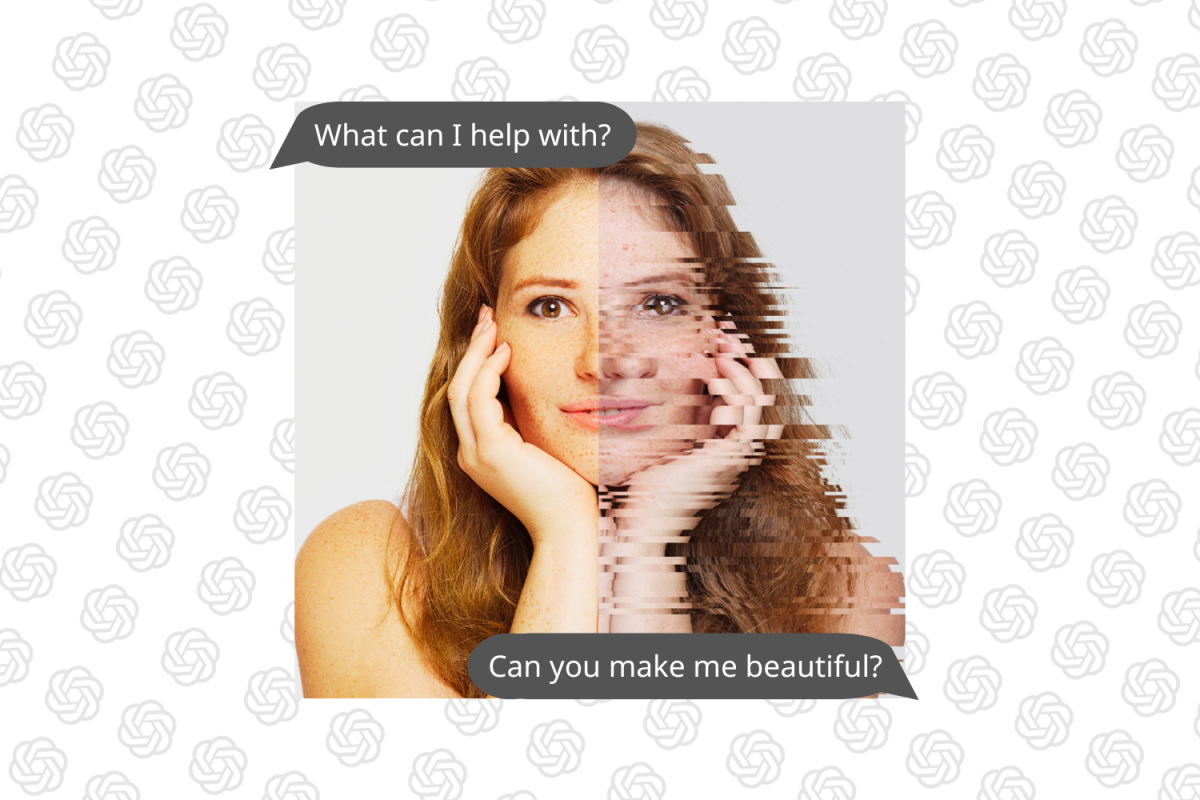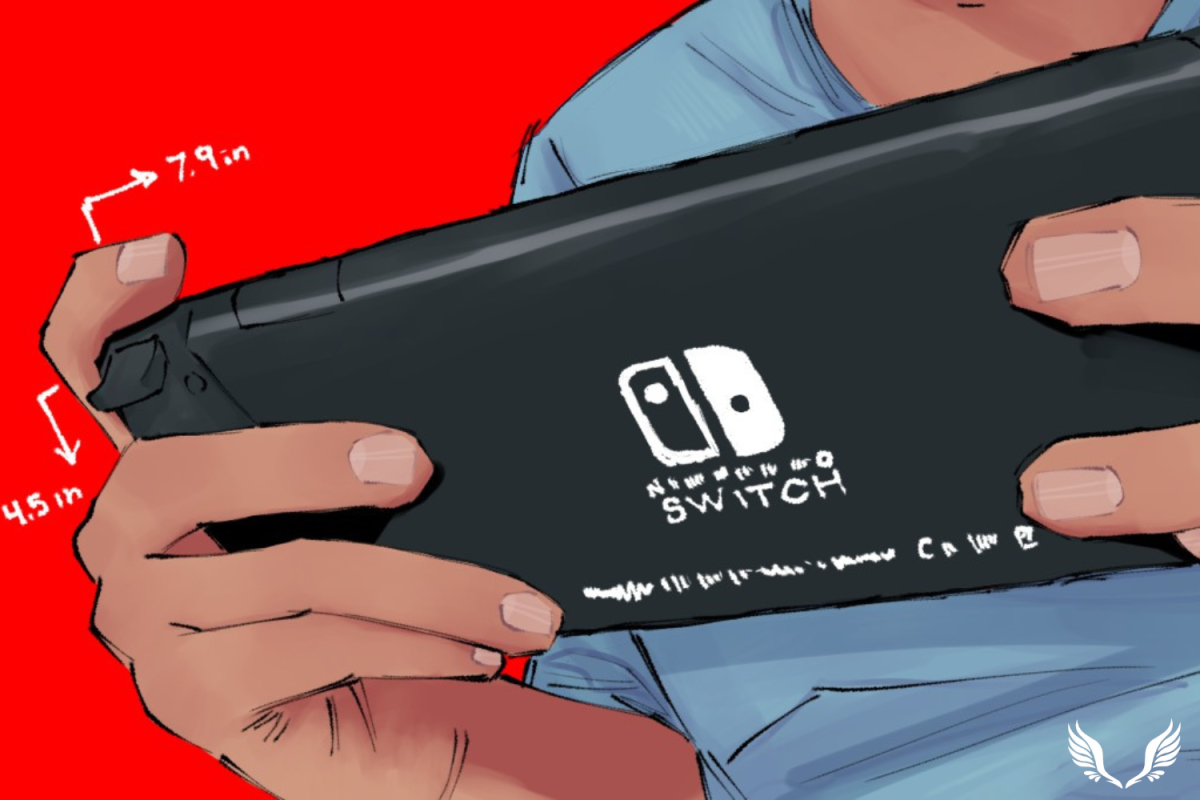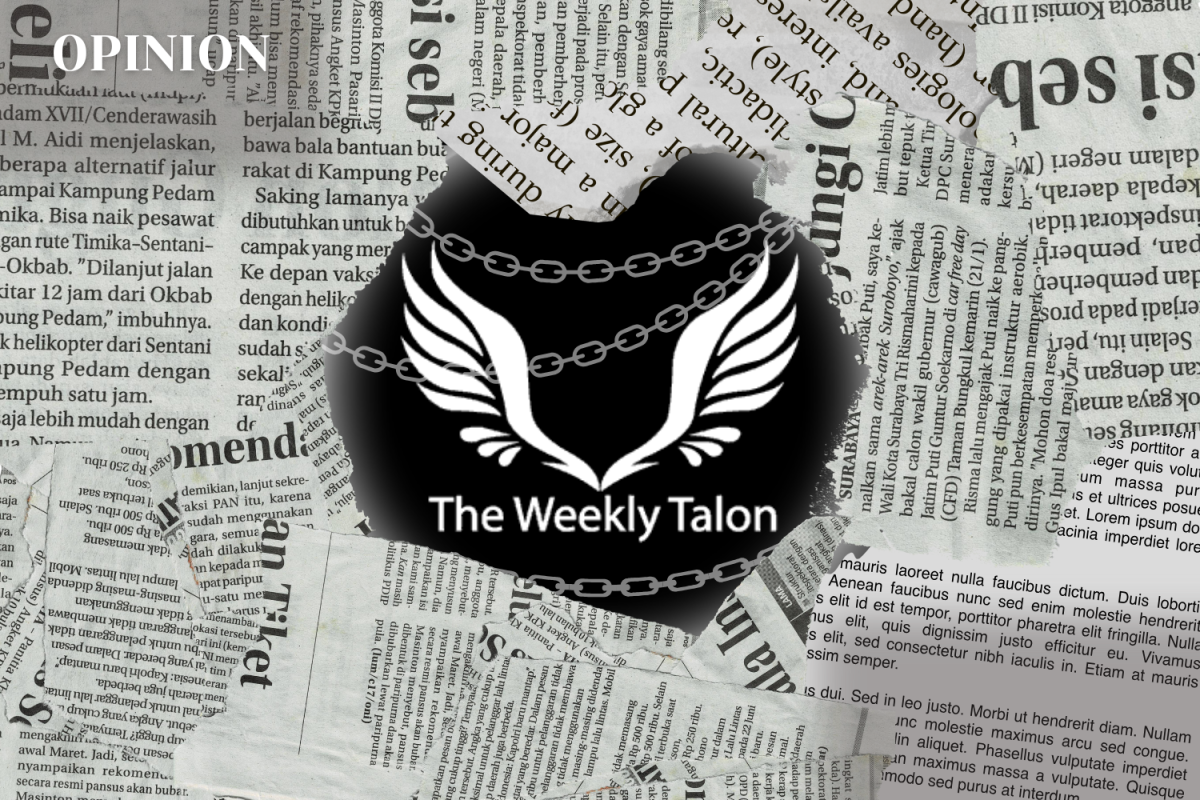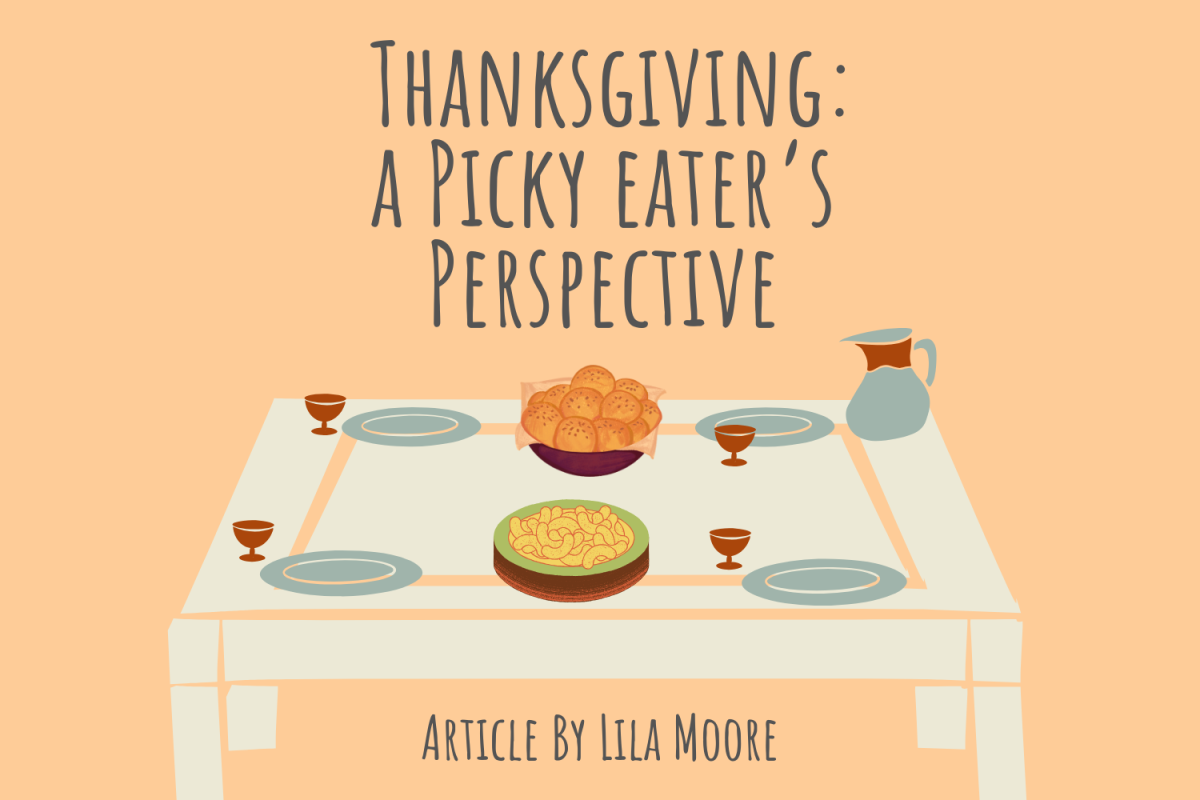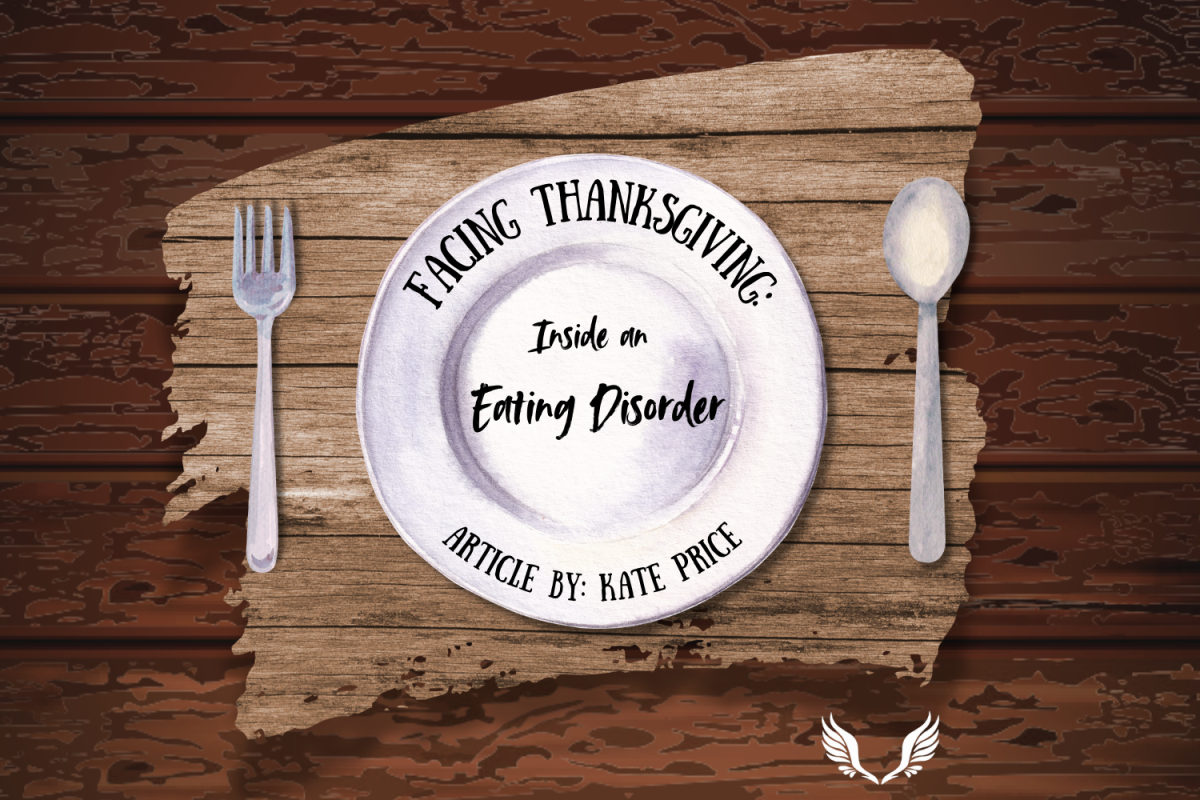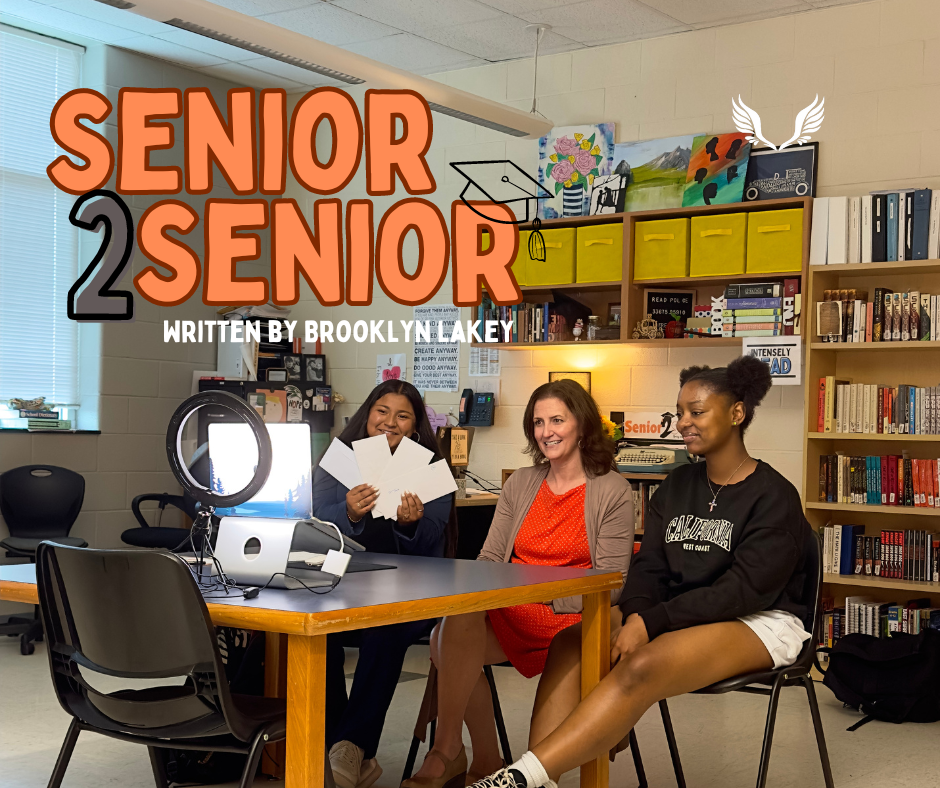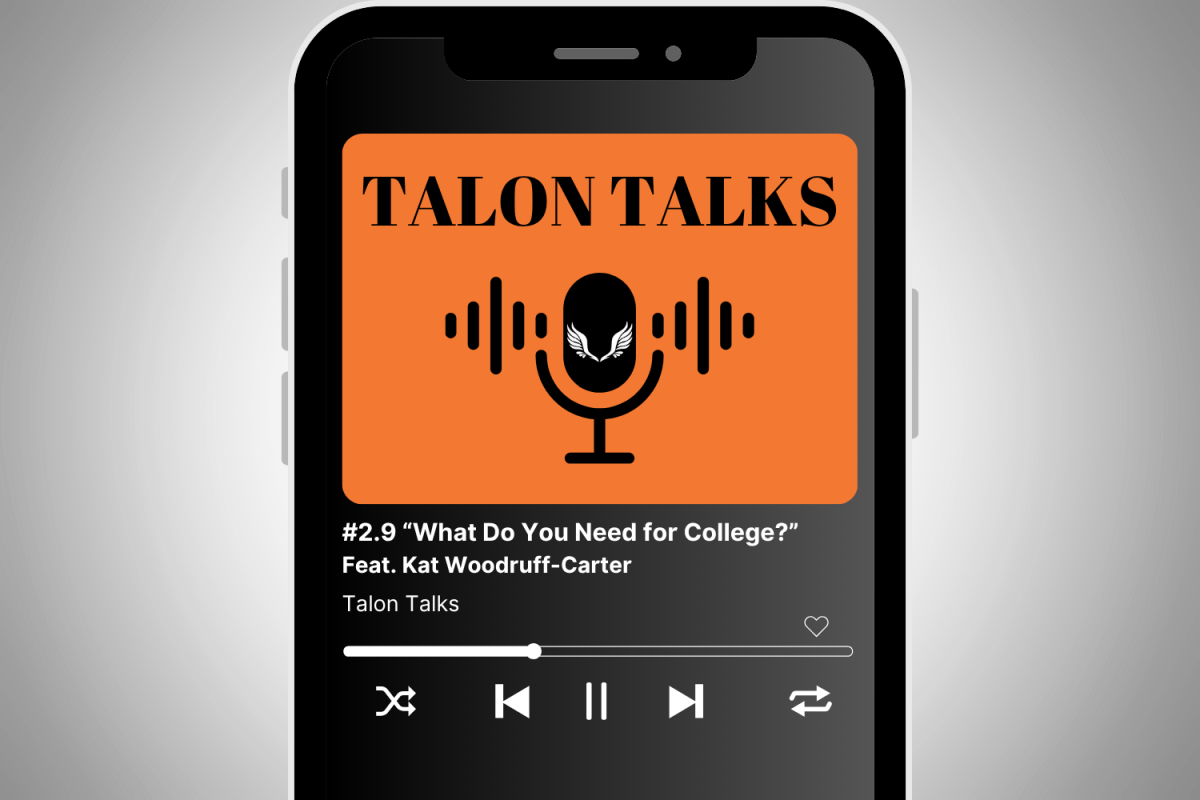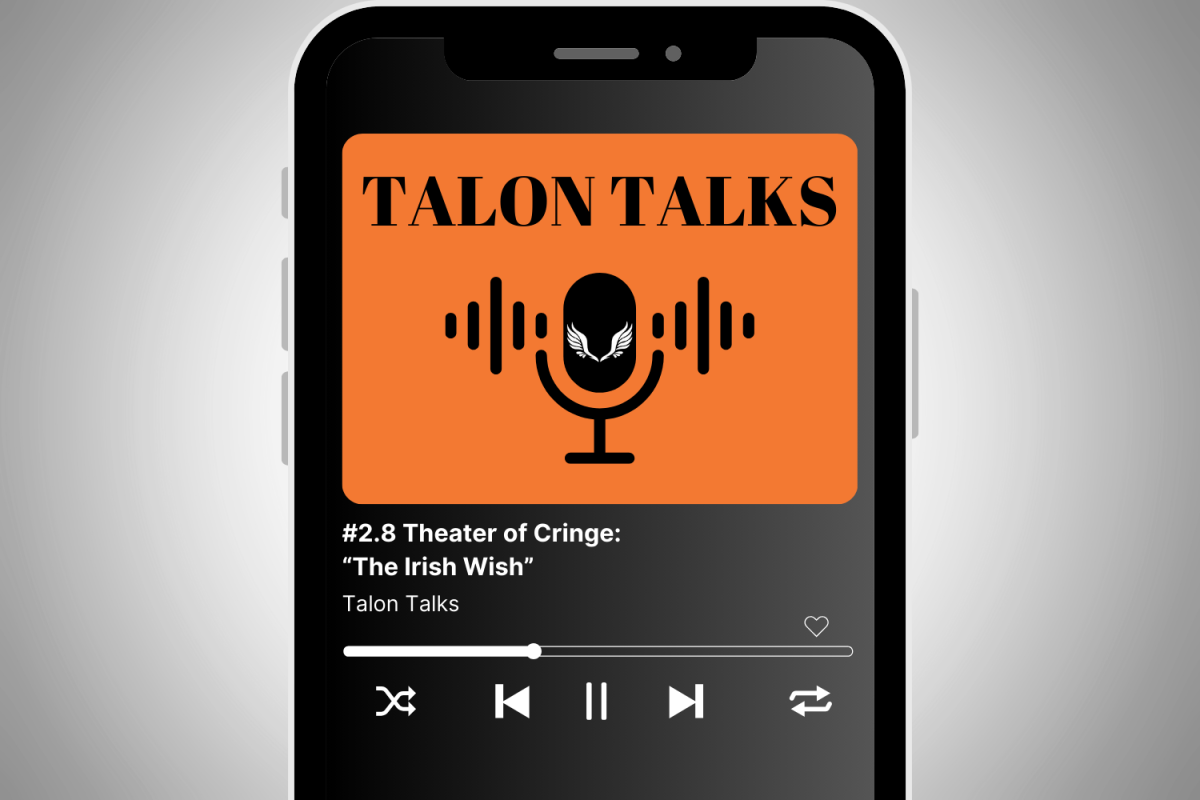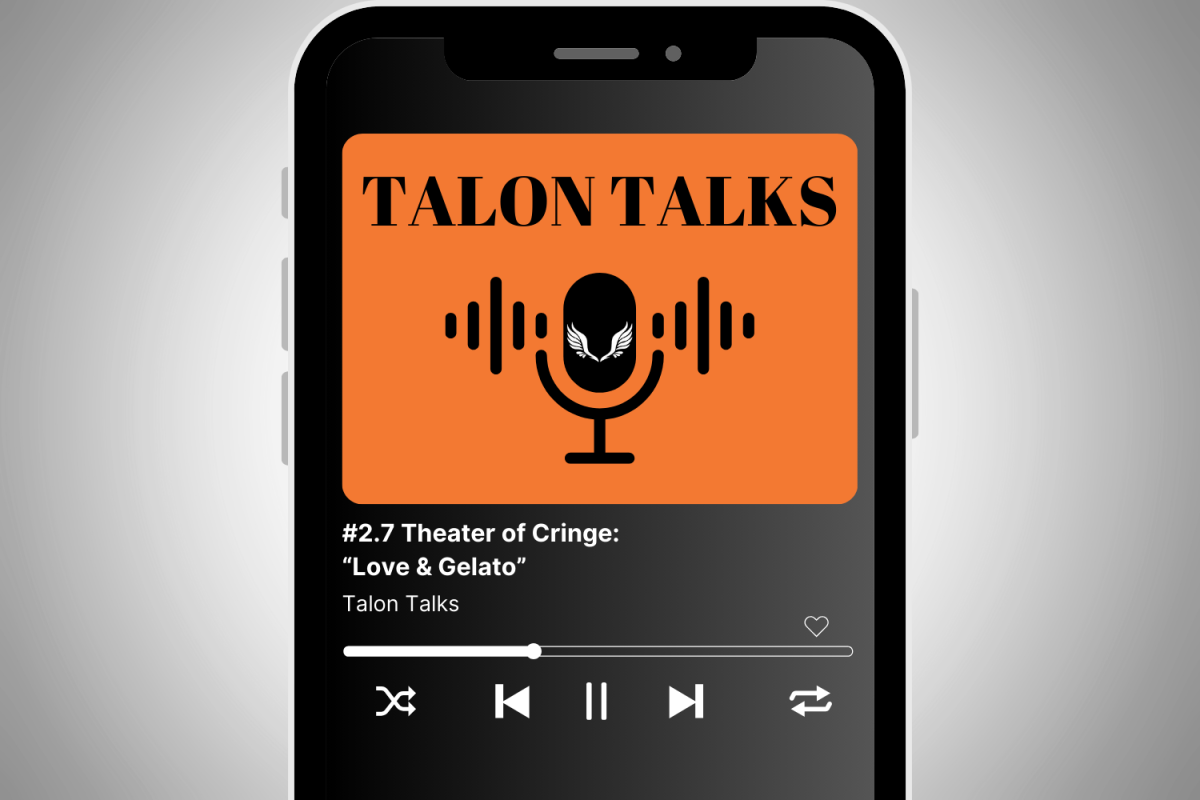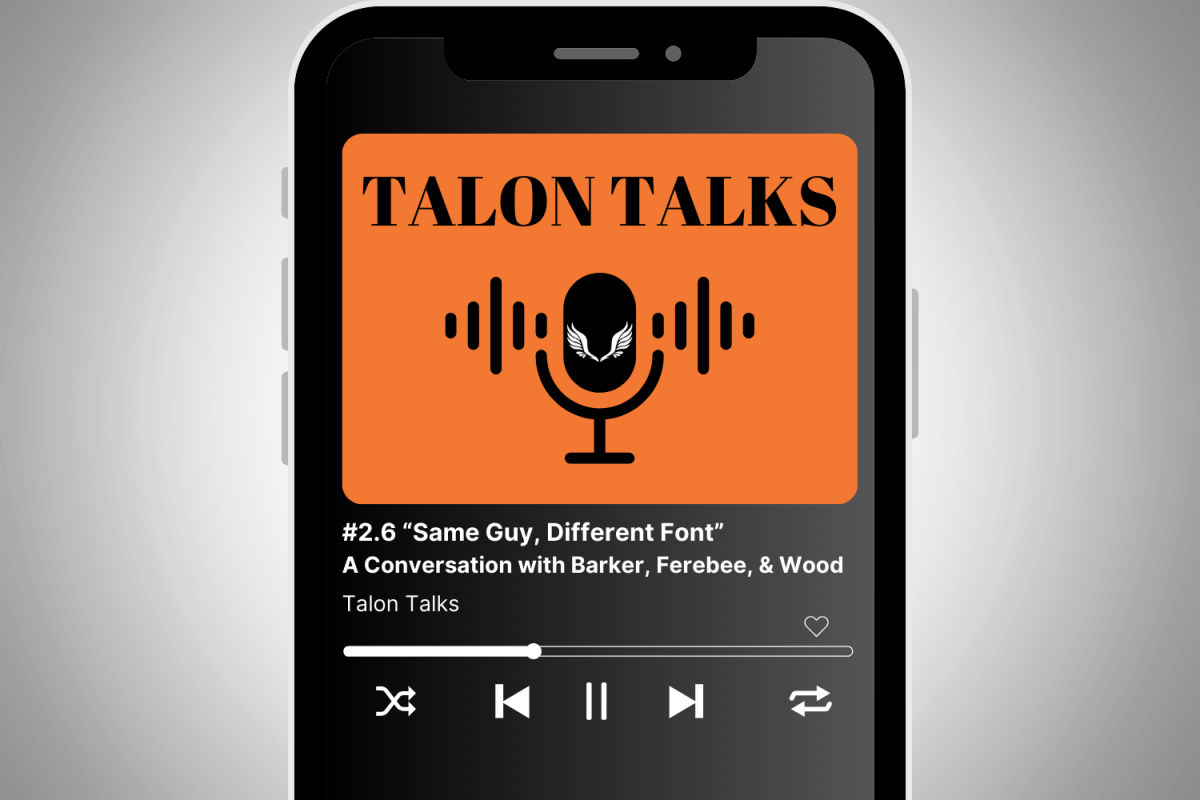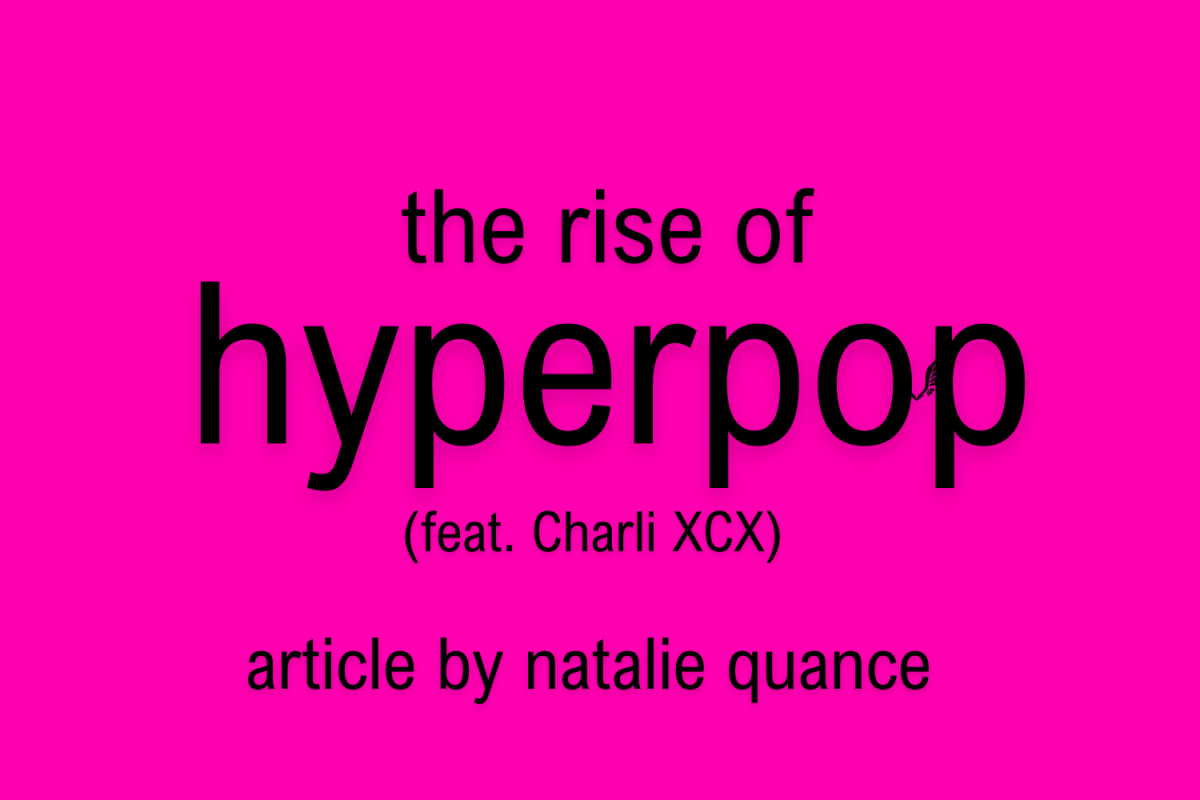Pounding music with the beat shifting every second. Fur coats and cheetah print skirts. Flashing lights so bright it would make an epileptic wince from 3 states away. And a message so loud that it can be heard for decades to come. This is the essence of hyperpop. Some breathe it, some loathe it, and some don’t know what I’m talking about. So let’s have a quick refresher, just in case.
What is Hyperpop?
Hyperpop is loosely defined as an exaggerated, eclectic, and self-referential form of pop music and usually includes brash synth melodies, autotuned “earworm” vocals, and excessive compression and distortion, as well as surrealist or nostalgic references to the 2000s, party and internet culture, and the Web 2.0 era. It’s the combination of both bubblegum pink visuals and angsty jarring lyrics, which is why it is sometimes, but not as often, referred to as Bubblegum Bass.
The genre title Hyperpop was first coined in 1988 by the writer Don Shewey, but the one who has been dubbed the “mother of hyperpop” was Sophie Xeon. Sophie Xeon released her debut album, “Nothing More to Say” in 2013 and caused a divide in listeners. While now she is regarded as a genius and innovator, at the time of her debut many called her music “strange” and even sometimes “demonic.” Even the roots of hyperpop stem from the music that was counter to the general public’s taste. But for someone with an itch for excitement, it was a breath of fresh air.
But why do people like hyperpop? While its allure can always be chalked up to different preferences, one draw to the genre is the craving for excitement and the desire to be different. In many realms of pop culture, there is an affinity for the “clean girl” aesthetic. This trend requires people to dress delicately: light makeup, light-colored clothing, and an overall soft appearance. But that’s not all this trend entails, it also demands a clean lifestyle. That means no drinking or use of illicit substances. And, of course, there is the requirement of maintaining a clean, healthy diet.
But with this clean lifestyle also comes the illusion of perfection, meaning encouraging the overuse of skincare. After all, these artists are supposed to be flawless and effortlessly beautiful but no one can get there without a little help. Perfection is unachievable. No one can have the flawless lifestyle that the clean girls are flaunting, not even the clean girls themselves. People can try their hardest to eat well, work out, and use the right products, but nothing will ever truly be perfect. Bruises are inevitable, metaphorically and physically. So, this pursuit of perfection is, in the end, tireless and worthless. But time and time again we continue to do it.
But not all people are hypnotized by the white bedspreads and symmetrical bows. When something is polarizing, there will always be an opposite side, a light and dark. However, that is not to say that these trends are either bad or good. That’s where the messy hyperpop culture comes into play.
Hyperpop is not just about the music itself, but the people who listen to it and what it’s based on. Hyperpop is now synonymous with the disheveled party girl. Its EDM bass and loud vocals are the essence of new-age club music. These people aren’t fussed with perfection in life but just want to have fun. These people are well versed in the culture of messy makeup and hair from the sleepless nights, or the metaphorical “rage” with the system. But at the same time, it has this light-hearted aspect, it knows that the world and the people listening to it have issues but is more focused on conveying it with a beat to keep your mind off of it. It is my opinion, and a lot of psychologists, that the immense pressure that the pursuit of perfection and, by proxy, the “clean girl” aesthetic and culture made people crave a means of escape. Something that would share the same feelings as them, wild and loose, which is exactly the hole hyperpop filled with its lighthearted but self-critical lyrics. But there are faults with this mentality that usually show up with this clubbing culture.
Sadly, this music also carries some heavy implications that can’t be simply glossed over. Despite the glorification of the clean-girl aesthetic, many times this music encourages participation in harmful and self-destructive actions such as the use of substances, abuse of alcohol, toxic friend culture, and EDs. Songs will talk about figures created by smoking, which is glamorized, and the abuse of substances. All without having a proper nutritional standard.
For the sake of decency, I won’t continue on about the dark side of this culture, but know it is equally as bad as the “clean girls” issues, if not worse. If you are interested in exploring these topics further, though, listen to the songs “Sympathy is a Knife,”, “Mean Girls,” and “Girl, so confusing” by Charli XCX. While Charli herself doesn’t represent all of hyperpop and the culture, her music is generally popular and easy enough to understand for somebody who isn’t as well-versed in the genre or doesn’t care to go particularly deep in the rabbit hole.
Charli XCX
Speaking of the lime green elephant in the room, Charli XCX has a fascinating connection with this genre. While many consider her a hyperpop creator, others would deny this connection because of some of her past music endeavors. There are probably more accurate labels to put on her, but they would be much more niche and hard to explain. Not even our publisher knew what hyperpop was, but many people do know Charli XCX.
What they may not know is that Charli rubbed shoulders with a lot of music tycoons in her early years and was in a lot of popular songs in the early 2000s. In 2012 and 2014, she was in the hit songs “I Love It” by Icona Pop and “Fancy” by Iggy Azalea, respectively. But her true first label-debut album was “True Romance” which was released in 2013. This included the songs “Nuclear Seasons”, “You (Ha Ha Ha)”, and “Take My Hand” among others. But I guarantee you’ve almost never heard of most of those songs. But why is that? It’s because she wasn’t able to make a name for herself and separate herself from all the other pop artists of the time. To be blunt, she was a talented girl with a forgettable face.
Charli’s brand also fits the identity crisis that the hyperpop territory came from. Charli’s early career was something of a marketing nightmare. Whether it be because of the fault of her team or the fact that her record label was too infatuated with their other artists at the time, Charli’s talent went widely unrecognized for a long time like Sophie Xeon. She was in many popular songs like “OUT OUT” and “Starships” which contained high-profile artists and were extremely popular at the time of their release. Why wasn’t Charli popular then? Again, it was purely a marketing problem. She was running off of what people in the field lovingly call borrowed credibility or borrowed fame. This meant while the songs she was in with these big impressive artists might get attention, no one would actually be paying attention to Charli herself. And it’s not from lack of talent, it’s simply because she didn’t have any defining qualities in her marketing. Which was even poked fun at when she sang about people confusing her for Lorde, a popular pop artist who has a similar appearance to her.
But when people think of Charli they don’t think other original album covers with the white backgrounds and perfectly posed portraits, they think of the flat blurry Arial font of “Brat.” Both of the pictures below are of her debut album, “True Romance,” but the covers are drastically different. The one to the right is the altered version to promote her album “Brat.” This design choice worked because it made her albums easily distinguishable from others.
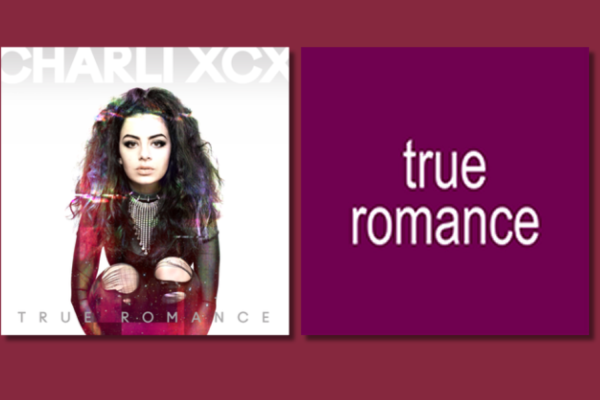
Just like how the people of hyperpop want to be seen as individuals and break free from the toxic perfect rat race, Charli and her team created their own recognizable brand. They realized they needed something for people to connect with and see. Which keyed in the loud brat green, stretched Ariel font, and slight blur. It also had a recognizable sound, blending EDM club music and hyperpop. And it stuck WELL. “Brat” was everywhere this summer, shirts, nails, trends. You couldn’t go anywhere without hearing that “I think the apple’s rotten right to the core…” The dances and songs permeated all throughout the world. And when Charli rose out of the murky waters of anonymity, so did hyperpop.






